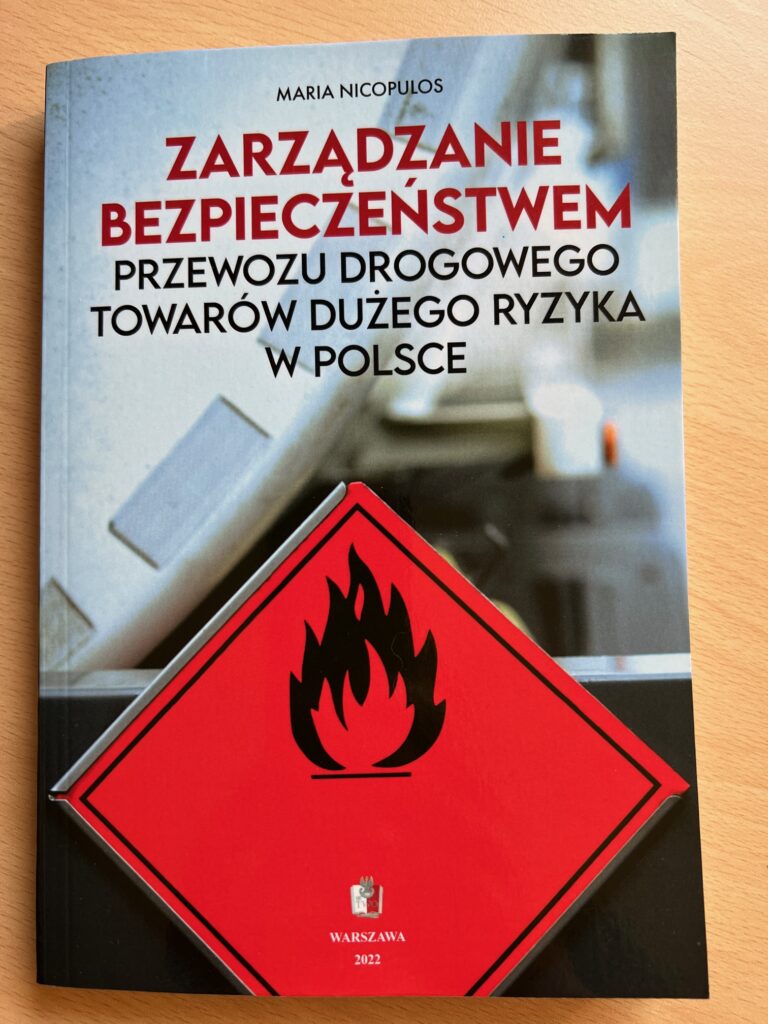Hazardous materials are transported every day in our environment. These materials are used in every field of the economy, mainly in the chemical industry, but also in agriculture, mining, transport and construction. We also commonly use them in everyday life. The groups of hazardous materials include cosmetics, perfumes, various types of aerosols, cleaning and disinfecting agents, alcohol, fuels to power vehicles and devices. The consumption of these products increases year by year, so does the number of substrates needed for their production. Raw materials, semi-finished products and finished products considered as dangerous goods, including high-risk dangerous goods (HRDG), are transported to factories and then to their points of sale. Due to the lack of developed infrastructure of inland waterways and pipeline networks, road vehicles are mainly used to transport these materials and products.
The transport of HRDG by road requires the application of appropriate safety measures, resulting from international, EU and national regulations. Attacks, accidents and breakdowns as well as other events using HRDG may lead to a threat to the life and health of people in the blast zone, as well as to the environmental degradation or property damage. Due to the incorrect development of the road network, and above all the bypasses of large cities, the HRDG transport takes place along routes running near large concentrations of people and protected areas. Dangerous goods may be lost during distribution. There is always a risk of goods being stolen, which can later be used to produce explosives and carry out terrorist attacks. Furthermore, stolen means of transport together with flammable, corrosive or poisonous materials may become a raw material for the preparation of these suicidal attacks. For this reason, the transport of HRDG should be continuously controlled by authorised entities, and on specific routes it should be constantly monitored so that in case of a dangerous incident, the relevant services can react immediately.
As a result of noticing a certain area of ignorance in this subject, I undertook work and research to organise knowledge in the field of high-risk goods transport safety management and to present the concept of optimal solutions including measures to protect these goods.
The book consists of five chapters aimed at organising knowledge in the field of high-risk goods transport safety management and presenting the concept of optimal solutions including measures to protect these goods.

